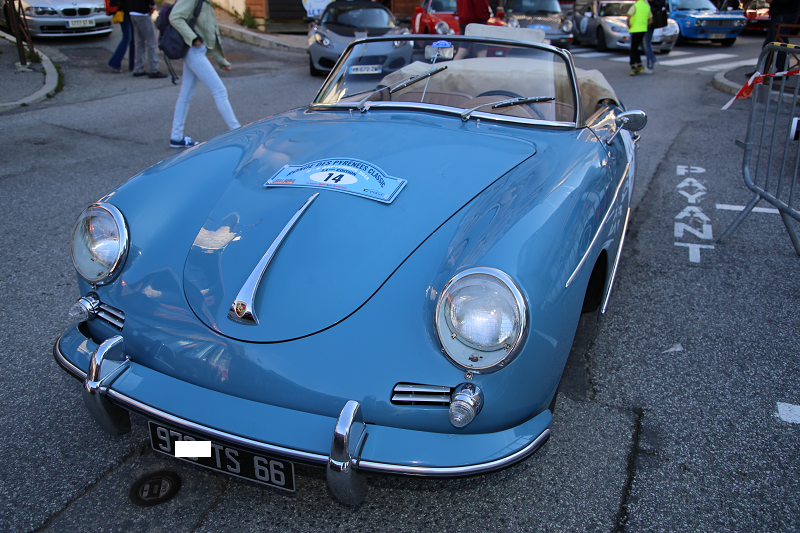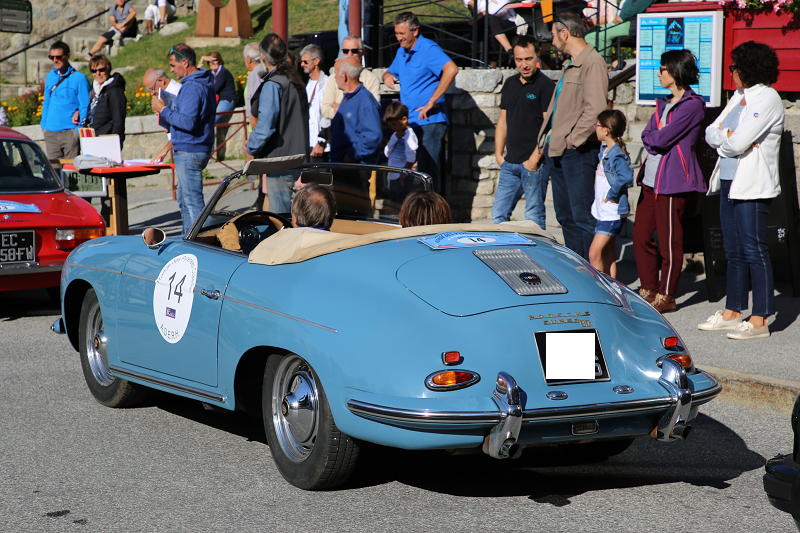Porsche 356B: Super 90 engine
The Porsche 356 is a sports car that was first produced by Austrian company Porsche Konstruktionen GesmbH (1948–1949), and then by German company Dr. Ing. h. c. F. Porsche GmbH (1950–1965). It was Porsche’s first production automobile. Earlier cars designed by the Austrian company include Cisitalia Grand Prix race car, the Volkswagen Beetle, and Auto Union Grand Prix cars.
The 356 is a lightweight and nimble-handling, rear-engine, rear-wheel drive, two-door available both in hardtop coupé and open configurations. Engineering innovations continued during the years of manufacture, contributing to its motorsports success and popularity. Production started in 1948 at Gmünd, Austria, where Porsche built approximately 50 cars. In 1950 the factory relocated to Zuffenhausen, Germany, and general production of the 356 continued until April 1965, well after the replacement model 911 made its September 1964 debut. Of the 76,000 originally produced, approximately half survive.
The original price in 1948 for the 356 coupe was US$3,750 (equivalent to $45,700 in 2022). The 356 cabriolet cost US$4,250 (equivalent to $51,800 in 2022).
356 B
In late 1959 significant styling and technical refinements gave rise to the 356 B (a T5 body type).
The mid-1962 356 B model was changed to the T6 body type (twin grilles on the engine compartment cover, an external fuel filler in the right front wing/fender and a larger rear window in the coupé). Porsche did not draw attention to these (quite visible) changes, initially keeping the same model designation.
However, when the T6 got disc brakes, with no other visible alterations, they called it the model C, or the SC when it had the optional, more powerful engine. A unique “Karmann hardtop” or “notchback” 356 B model was produced in 1961 and 1962.
The 1961 production run (T5) was essentially a cabriolet body with the optional steel cabriolet hardtop welded in place. The 1962 line (T6 production) was a very different design in that the new T6 notchback coupé body did not start life as a cabriolet, but with its own production design. In essence, it had the cabriolet rear end design, the T6 coupé windshield frame and a unique hard top. Both years of these models have taken the name “Karmann notchback”.













